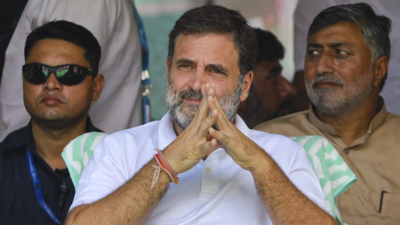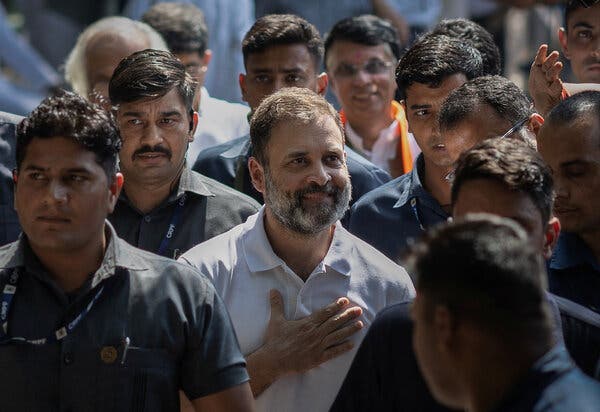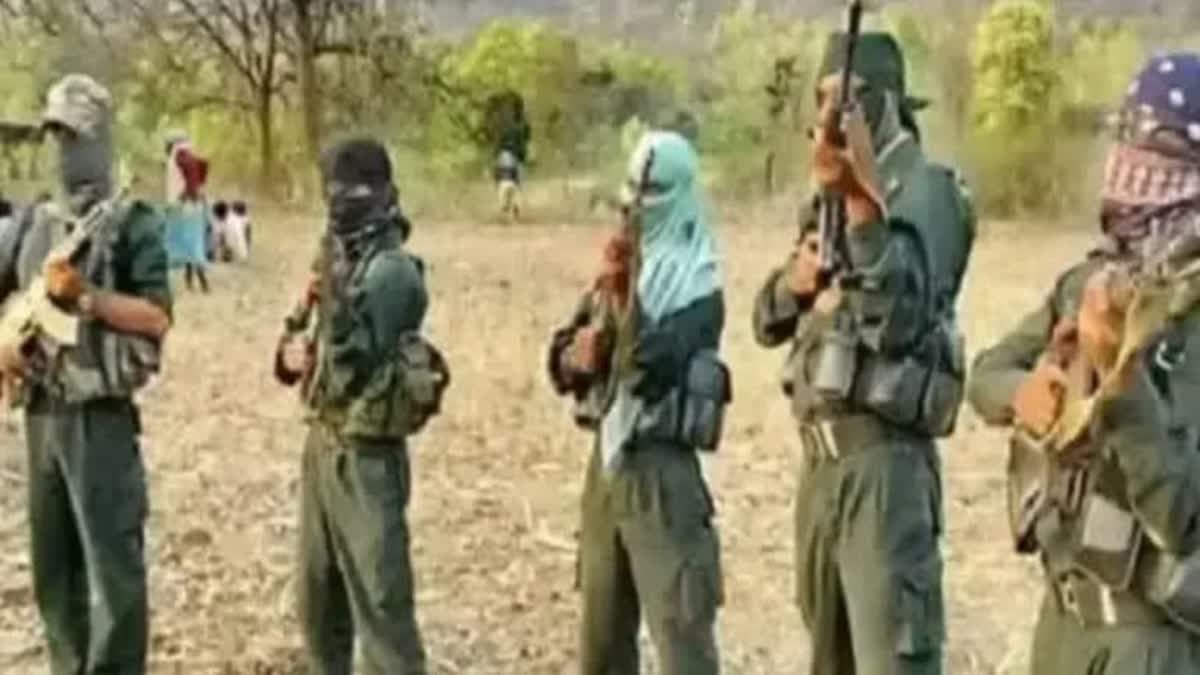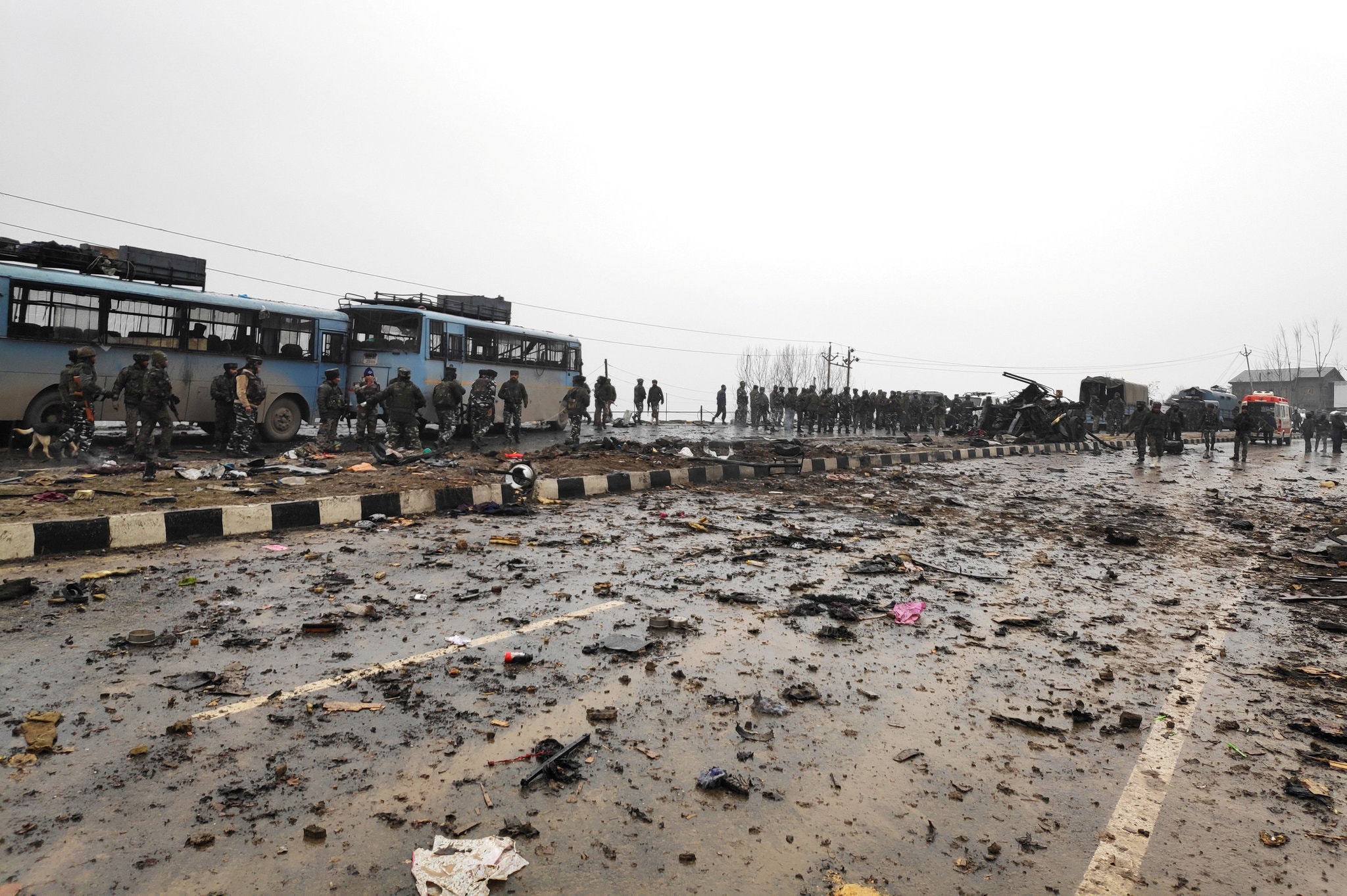


During the ceremony where her husband JD Vance was sworn in as the 50th Vice President of the United States, Usha Chilukuri Vance made history as the first Indian-American and Hindu Second Lady. The 39-year-old lawyer, who is the daughter of Indian immigrants, held the Bible and their daughter as Vance took the oath of office. President Trump praised JD for his successful re-election bid but also made a lighthearted comment about Usha being "smarter" and how he would have chosen her as his Vice President but the line of succession did not work that way. With her ancestral village in West Godavari, Andhra Pradesh, Usha is also one of the youngest second ladies in history.
Introduction
In 2020, Usha Chilukuri Vance made history as the first Indian-American and Hindu Second Lady of the United States. Her husband, J.D. Vance, was sworn in as the 50th Vice President under President Donald Trump. This groundbreaking moment marked a significant milestone in American history, showcasing the growing diversity and representation of the nation's leadership.
Background
Usha Vance, born in 1980, is the daughter of Indian immigrants from the state of Andhra Pradesh, India. She graduated from Princeton University and Yale Law School, where she met her future husband. Before becoming Second Lady, she worked as a corporate lawyer and nonprofit consultant.
Historical Significance
Usha Vance's appointment as Second Lady shattered several historical barriers. She is the first Indian-American and first Hindu to hold this position, representing a major step forward for the visibility and recognition of minority communities in American politics. Her swearing-in ceremony also featured a poignant moment when she held the Bible and her young daughter, symbolizing the intersection of her Indian and American heritage.
JD Vance's Vice Presidency
JD Vance's tenure as Vice President is notable for its focus on economic populism and conservative values. He has been a vocal critic of the "establishment" and an advocate for working-class Americans. During their time in office, Usha Vance played a supportive role, attending official events and raising awareness for various causes.
FAQs and Answers
Q: What is Usha Vance's heritage? A: Usha Vance is of Indian descent, with ancestral roots in the West Godavari district of Andhra Pradesh, India.
Q: What is her educational background? A: Usha Vance holds a bachelor's degree from Princeton University and a law degree from Yale Law School.
Q: What was her profession before becoming Second Lady? A: Usha Vance worked as a corporate lawyer and nonprofit consultant.
Q: What is J.D. Vance's political stance? A: J.D. Vance is a conservative politician who supports economic populism and traditional values.
Q: How old was Usha Vance when she became Second Lady? A: Usha Vance was 39 years old when she became Second Lady, making her one of the youngest second ladies in history.

The Indian National Congress (INC) has announced its plans to launch a month-and-a-half-long campaign in Jammu and Kashmir on April 22. The purpose of the campaign is to demand the restoration of statehood and to further the “Save the Constitution” movement. With the recent appointment of Syed Naseer Hussain as the new J&K in-charge, the party hopes to regain its lost support in the Union Territory. This campaign comes at a crucial time, as former supporters of the Congress leader Ghulam Nabi Azad have recently dissolved their party, raising questions about their political future. The Congress hopes to use this opportunity to highlight the BJP's failures in empowering elected governments and its betrayal over statehood.

Thousands of citizens in Pune are rallying together through an online petition to demand the protection of their city's hills and hill slopes from any construction. The petition is addressed to the former Pune Municipal Commissioner and Chairman of the state-appointed Committee on Bio-Diversity Park and Hill Top Hill Slopes. The citizens are concerned that the committee's review may result in allowing construction on the hills, while strict measures have already been mandated by the government to prevent it. The citizens stress the importance of preserving these natural areas for the city's ecological balance and urge the government to uphold its promise to future generations.

After the devastating terror attack in Pahalgam, Jammu and Kashmir, India has suspended the 1960 Indus Waters Treaty with Pakistan. This decision was made during a key meeting chaired by Union Home Minister Amit Shah, with discussions on potential actions being taken against Pakistan. As tensions between the two countries continue to escalate, Indian leaders have condemned Pakistan for their involvement in the attack and have vowed to take strong measures in response.

The Indian Army made its first major move since the Pahalgam terror attack on April 22, as they killed top Lashkar-e-Taiba (LeT) commander Altaf Lalli in an encounter in Jammu and Kashmir's Bandipora district. The security forces are on the hunt for the terrorists responsible for the brutal killing of 26 civilians and have launched a massive anti-terror operation. In other developments, Indian Army Chief General Upendra Dwivedi visited Srinagar for a security review meeting and the authorities demolished the houses of two suspected terrorists involved in the Pahalgam attack.

In a hearing at the Supreme Court, the bench rebuked Congress leader Rahul Gandhi for his "irresponsible" comments about freedom fighter Vinayak Damodar Savarkar. The judges highlighted the need to show respect for India's freedom fighters and questioned whether Gandhi was aware of his grandmother and Mahatma Gandhi praising Savarkar. The court also stayed an Allahabad High Court order that refused to dismiss a lower court's summons against Gandhi over his alleged remarks about Savarkar.

The Supreme Court has stepped in to warn Congress MP Rahul Gandhi over his comments about India's independence activist Veer Savarkar, staying a trial court's summons to the politician. The top court emphasized that Savarkar is a highly respected figure in Maharashtra and stated that no one would be allowed to make derogatory remarks about freedom fighters. The court also pointed out that Gandhi's family has had a history of praising Savarkar and Gandhi himself has been warned that the court will take suo motu cognizance of any such remarks. Additionally, the article also mentions an attack in Jammu and Kashmir that has led to heightened tensions between India and Pakistan.

In a successful operation by the security forces, a Lashkar-e-Taliba (LeT) terrorist associate, identified as Altaf Lalli, was killed in an ongoing encounter in the Bandipora district of Jammu and Kashmir. The encounter began after the security forces received intelligence about the presence of terrorists in the area. Two security personnel have also been injured in the exchange of fire and are currently undergoing treatment at a nearby hospital. The clash highlights the continued efforts of the security forces to combat terrorism in the region.

The Telangana-Chhattisgarh border is a hotbed of tension as security forces step up their efforts to root out Maoist activity from the region. Top Maoist leader Hidma is the target of current high-security operations, with forces strategically advancing through previously inaccessible areas. With mounting pressure, sources indicate that the hold of the Maoists in the region is gradually weakening, making for a tense and critical situation.

As the nation grapples with the aftermath of a terror attack in Pahalgam, security forces are undertaking a massive operation in the dense Karregutta hills forest to eliminate the heart of Naxal command. This operation, involving 7,000 personnel and cutting-edge technology, aims to strike a blow at Naxalism by targeting top leaders of the PLGA Battalion No. 1. This bold move by the CRPF, with the Director General personally overseeing the operation, marks a turning point in the fight against Maoist insurgency. With five Naxals already killed and more likely to come, the operation is being hailed as a decisive victory and could potentially spell the end of Naxalism in India.

The US Government has publicly criticized The New York Times for its reporting on the recent terror attack in Pahalgam, Kashmir, calling attention to the difference between the newspaper's use of "militant" instead of "terrorist." This choice of words is not only misleading but also minimizes the severity of the attack, which was claimed by a Pakistan-based group with links to Lashkar-e-Taiba. The US House Foreign Affairs Committee took to social media to point out the error and highlight the real nature of the attack, noting that it has significant implications for regional security.